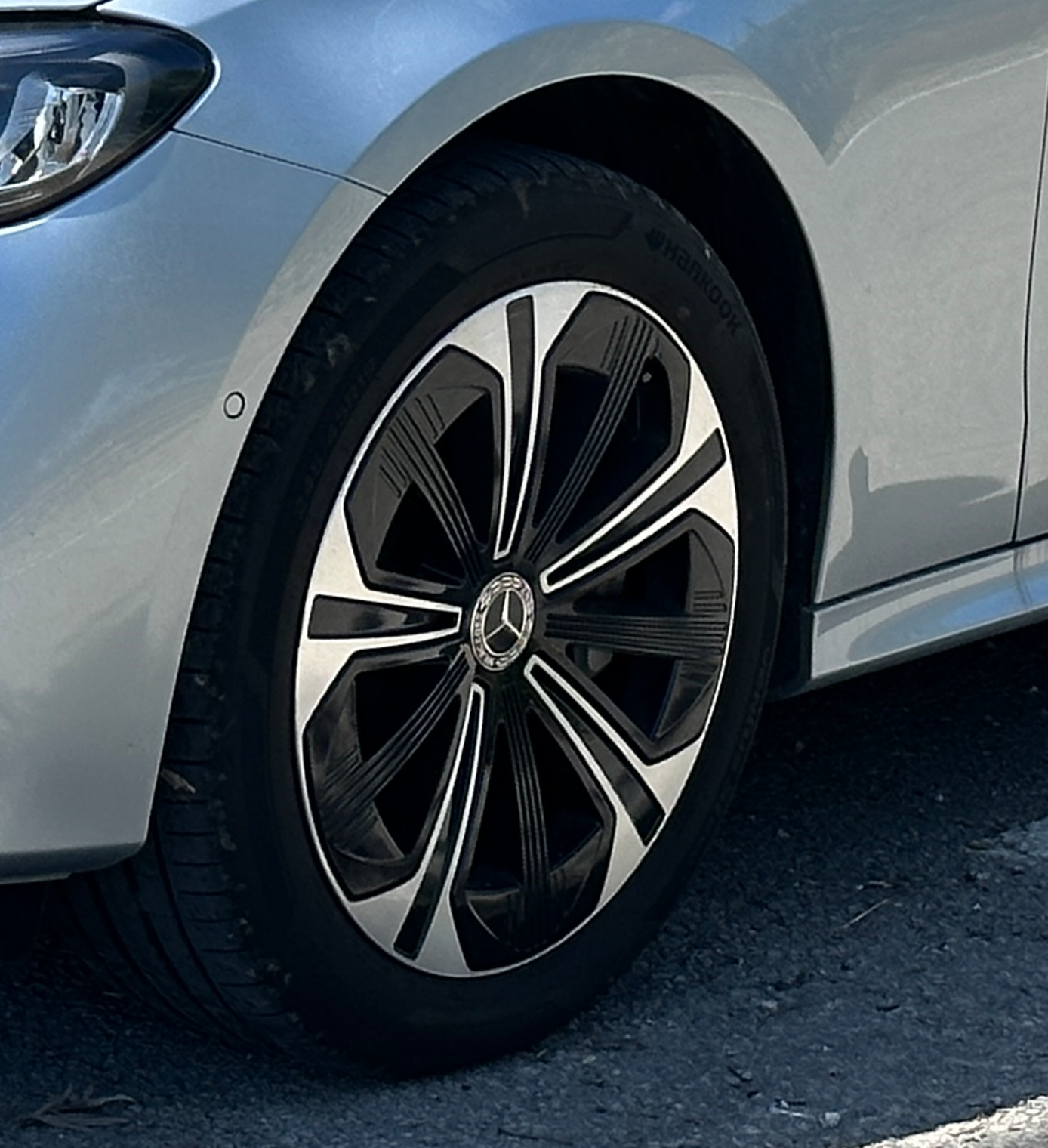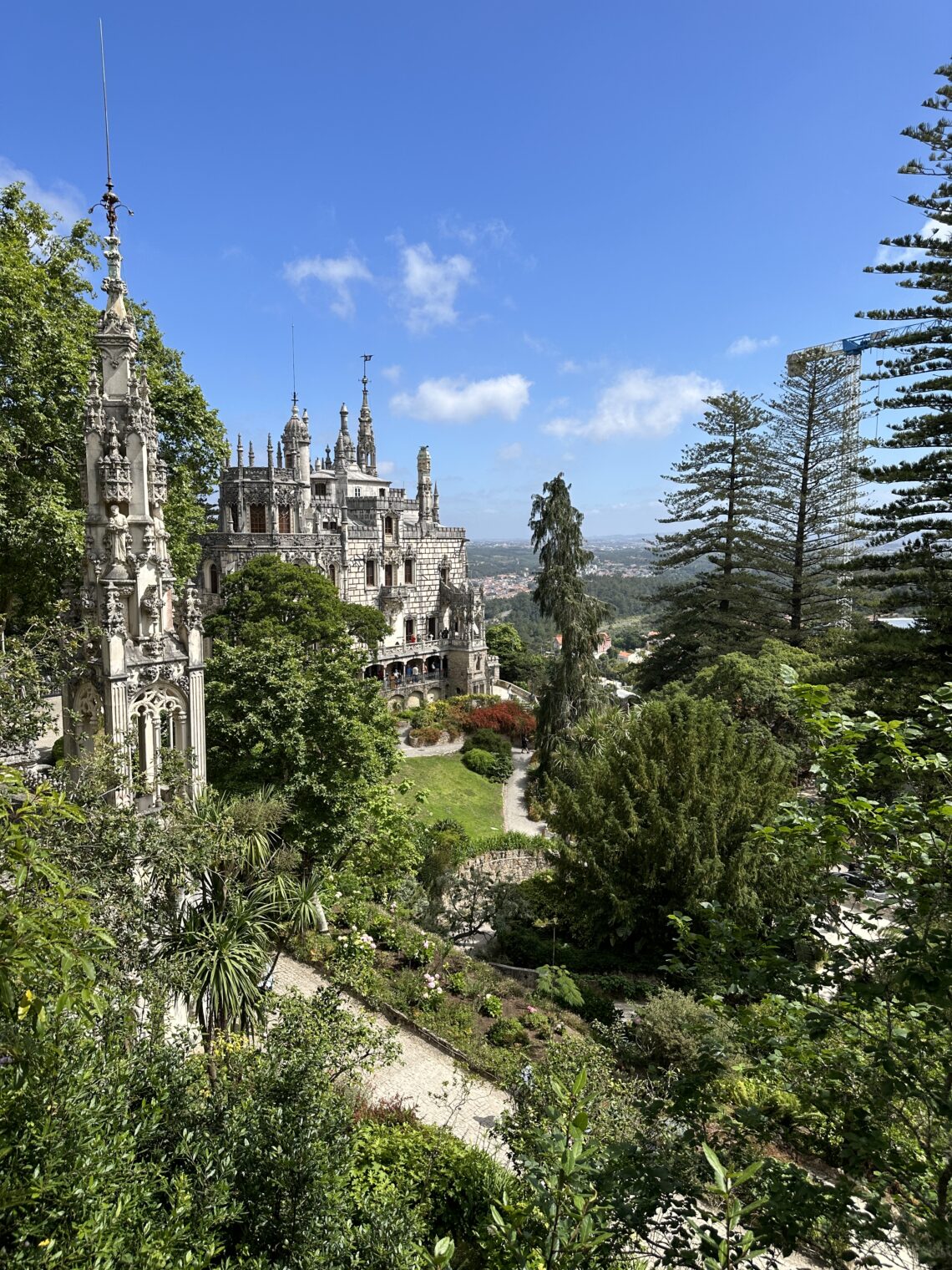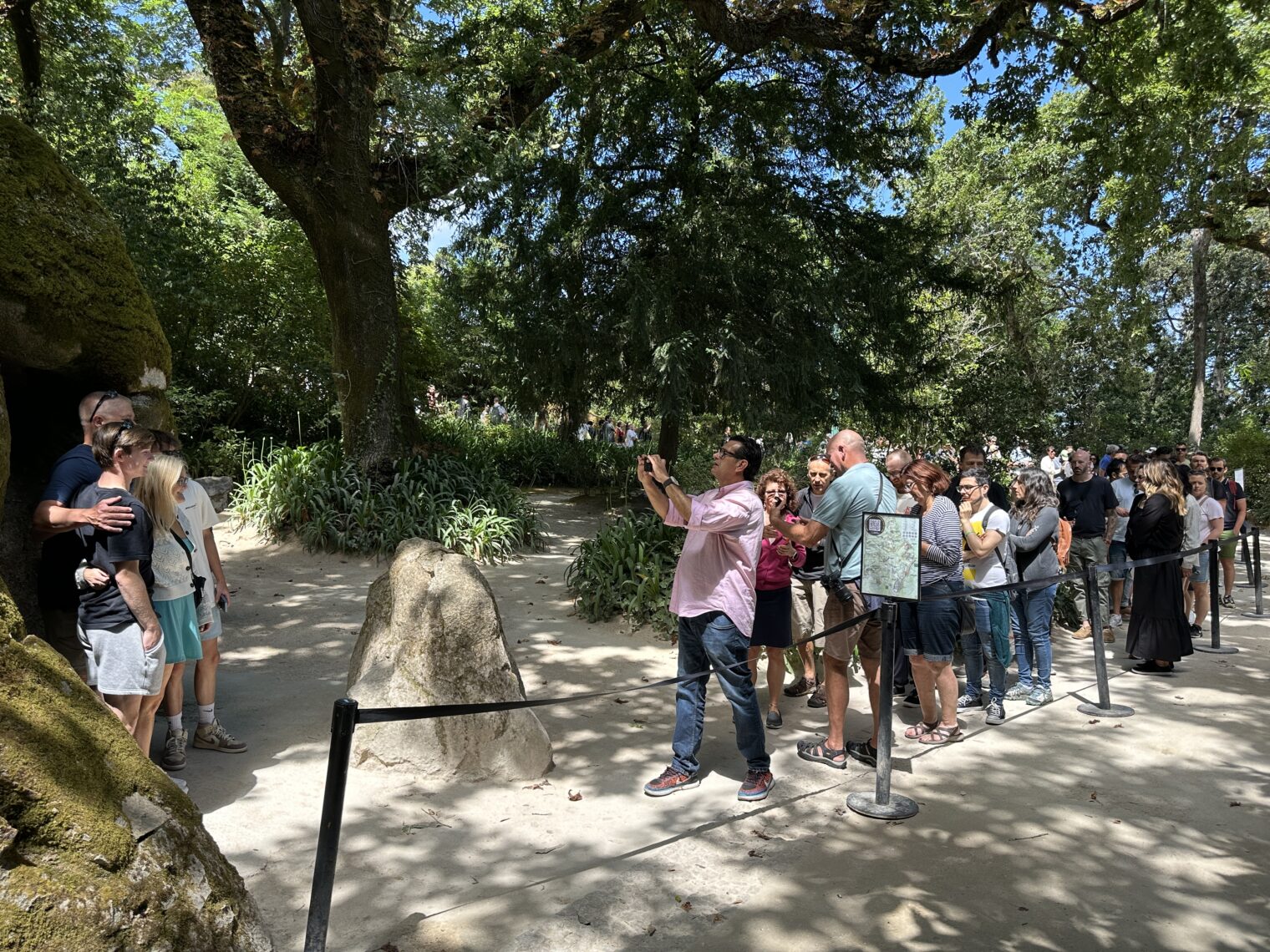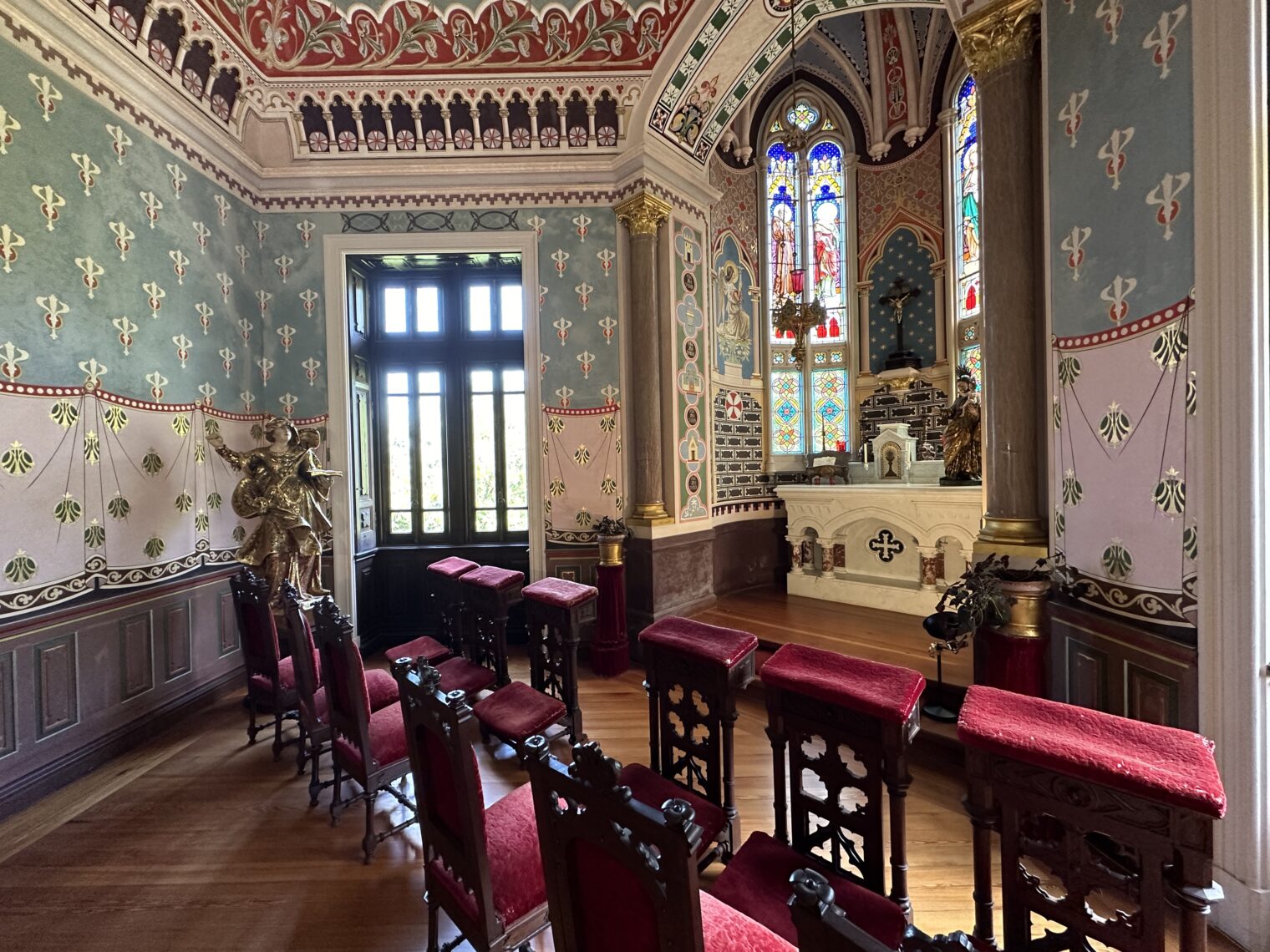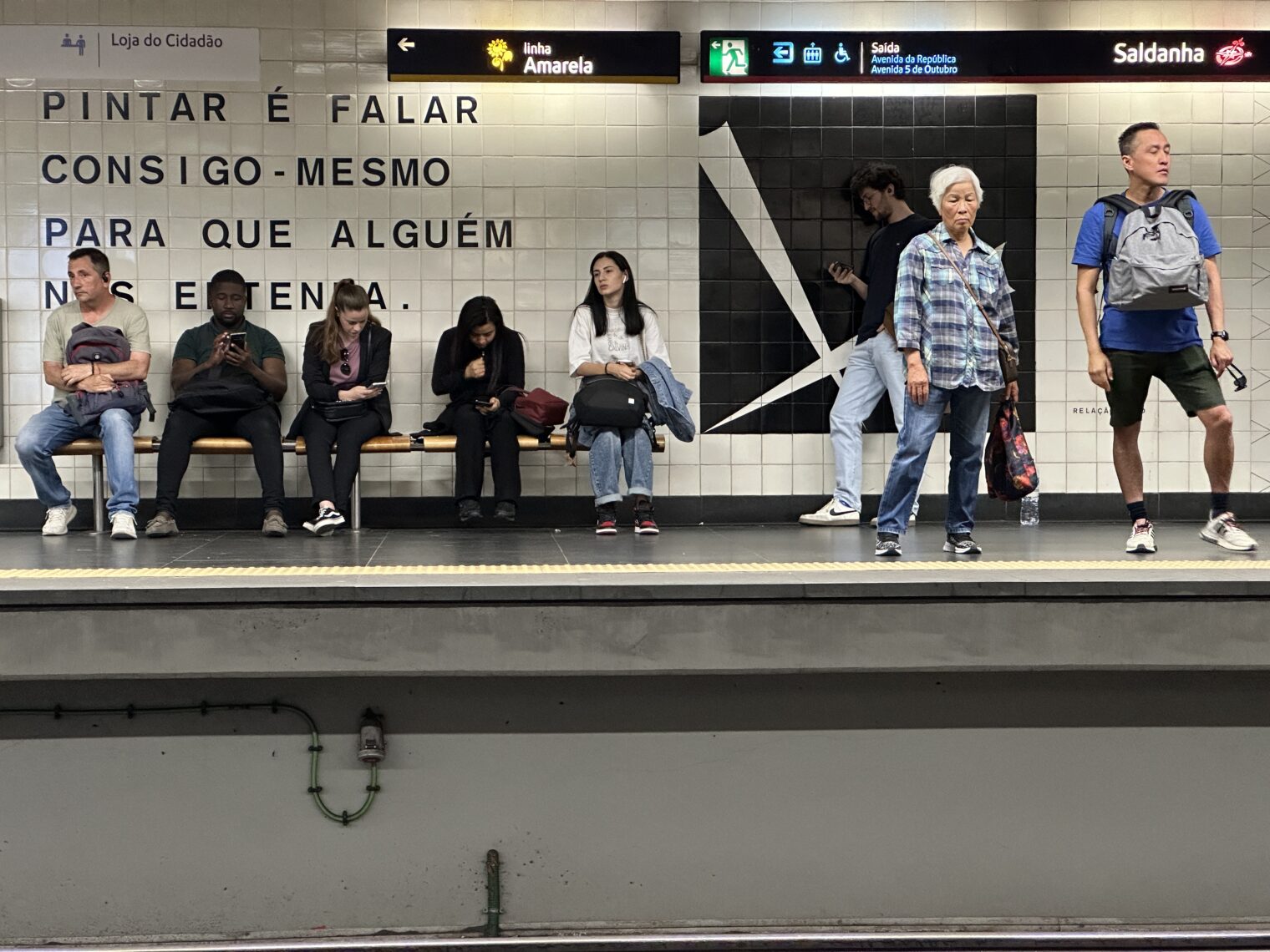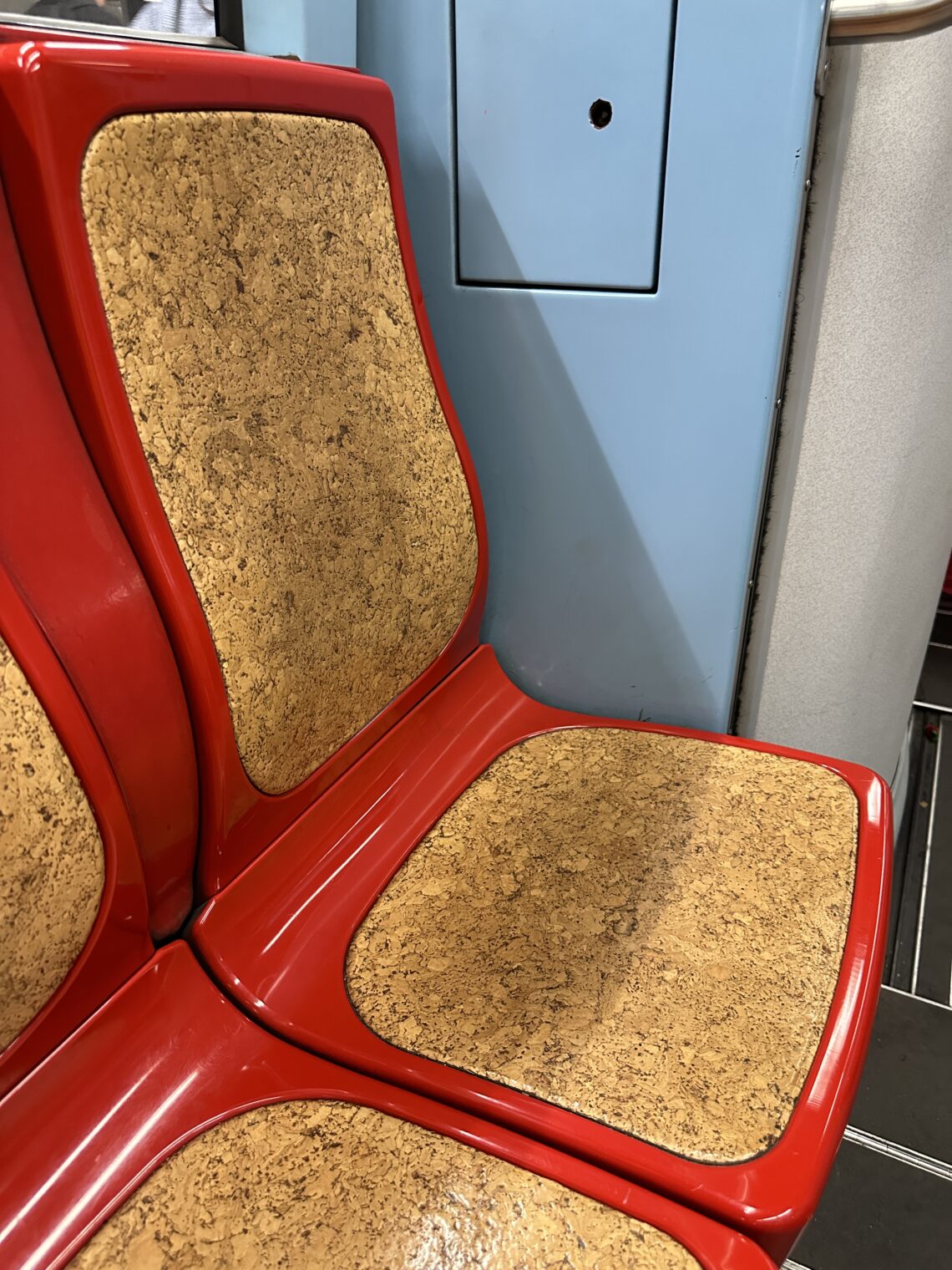Do Mercedes aluminum wheels have visible lug nuts or bolts?
Question for Europeans and Mercedes nerds: Can a new Mercedes have aluminum wheels without visible lug bolts (I’ve been told that Mercedes uses bolts rather than the conventional nuts)?
Sixt rented me a 2024 E 300de at the Lisbon airport with the exterior covered in dirt/grime. This was at the end of a 1.5-hour rental process (line at the office in the terminal then a second line at the office in the parking garage). They cleaned the windows so that it was safe to drive, but didn’t clean up the wheels or body. Maybe because it was so dirty, they didn’t notice a scratch on one of the wheel covers that Sixt Porto complained about on return (the car was clean due to having been driven through rain so any scratches were 10X more prominent). Sixt later emailed saying they were going to charge me for an “aluminum rim” (they never sent me a photo of the purported damage). I happened to take a photo of the car and the detail below shows a wheel with no visible lug bolts/nuts and what I think is shiny black plastic. Does a 2024 Mercedes have some kind of magic system for attaching aluminum wheels where lug bolts/nuts aren’t visible? (The car actually failed after two days of our rental and was replaced with a similar-looking one that definitely had plastic wheel covers. During the final return in Porto, I found some Mercedes cars in the Sixt parking lot that had aluminum wheels and the expected visible lug bolts.)
Detail from Car #1:
The original photo from which the above was taken:
A random Mercedes in the Sixt Porto lot with conventional aluminum wheels and standard visible lug nuts:


Is there some magic alternative Mercedes system for wheel attachment in which the first photo above can be of an aluminum rim and not a plastic wheel cover?
Full post, including comments